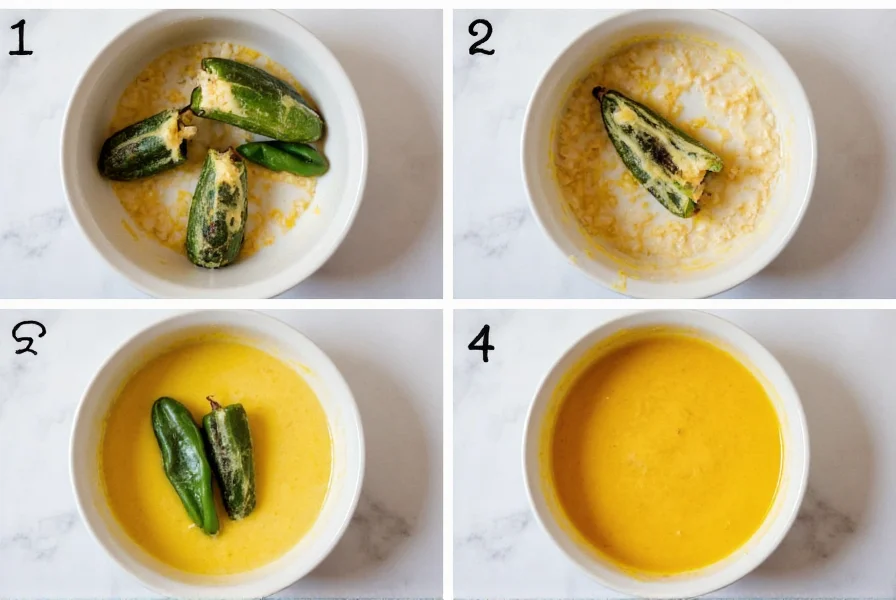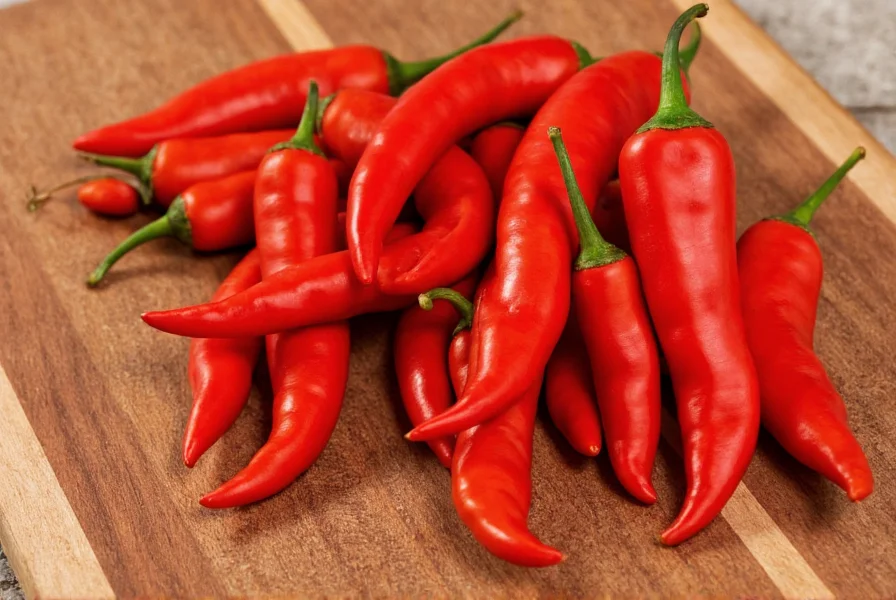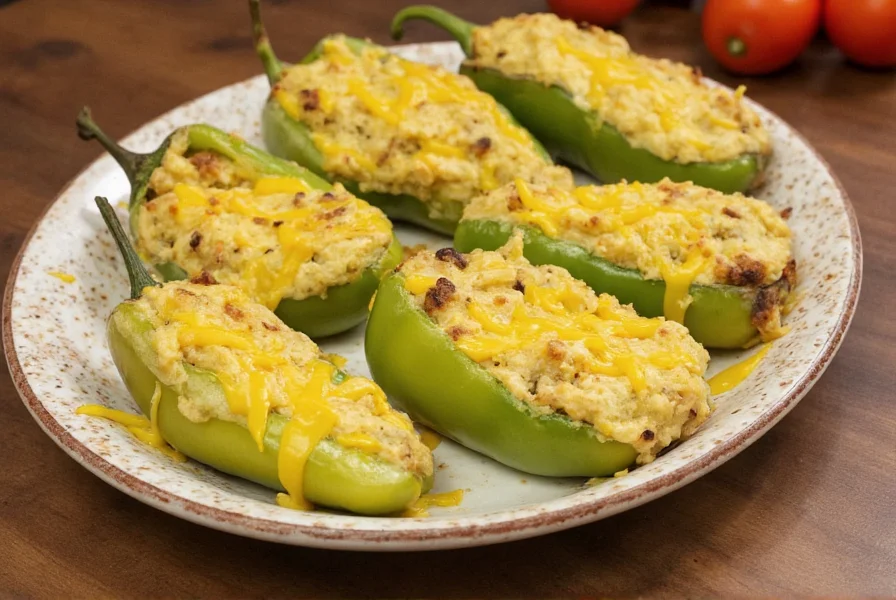What \"Chile Relleno\" Really Means
Confused by Spanish food terms? You're not alone. \"Chile relleno\" directly translates to \"stuffed chili\" – not \"chili\" as in the spicy stew. The name breaks down simply:
- Chile: Refers specifically to poblano peppers (mild, dark green)
- Relleno: Means \"stuffed\" or \"filled\"
Unlike Americanized versions, authentic chile relleno never uses bell peppers or jalapeños. As Serious Eats confirms, this dish originated in Puebla, Mexico, where roasted poblanos are carefully stuffed with cheese before frying.

How Chile Relleno Is Made: Beyond Translation
Knowing the translation is just the start. Authentic preparation follows strict steps verified by culinary authorities:
- Roast & peel fresh poblanos (never canned)
- Slit open to remove seeds while keeping whole
- Stuff with Oaxaca or Monterey Jack cheese
- Dip in whipped egg-white batter (not flour-based)
- Fry in vegetable oil until golden
- Serve immediately with tomato-ranchero sauce
As Food Network's recipe emphasizes, the egg batter must be light and airy – dense batters create soggy results. Total preparation takes 45 minutes according to Allrecipes' tested method.
| Dish | Pepper Type | Filling | Cooking Method | Authenticity Level |
|---|---|---|---|---|
| Chile Relleno | Poblano (roasted) | Cheese only | Egg-battered & fried | ★★★★★ (Traditional) |
| Chile con Queso | Any pepper | Cheese sauce | Baked | ★☆☆☆☆ (Americanized) |
| Stuffed Poblano | Poblano | Meat/rice/cheese | Baked (no batter) | ★★★☆☆ (Regional variant) |
When to Use (and Avoid) Chile Relleno
This dish shines in specific contexts but has clear limitations:
✅ Ideal For
- Authentic Mexican restaurant menus (always specify \"poblano\")
- Weekend brunches with fresh salsa
- Cultural celebrations like Cinco de Mayo
❌ Avoid When
- Spice-sensitive guests are present (poblanos vary in heat)
- Planning make-ahead meals (texture degrades after 2 hours)
- Using canned peppers (alters flavor and texture)
Professional chefs note a key market trap: Many restaurants substitute bell peppers to cut costs. True chile relleno must use roasted poblanos – their thin walls and earthy flavor are irreplaceable. As culinary anthropologist Jeffrey Pilcher states in Mexico in the Kitchen, "The poblano's unique charred skin creates the dish's signature smoky depth."

Spotting Authentic Chile Relleno
Quality indicators separate tourist traps from genuine versions:
- Pepper integrity: Should be whole with minimal splitting
- Batter texture: Light golden crust (not thick or doughy)
- Serving temperature: Always hot – never lukewarm
- Sauce pairing: Ranchero or tomato-based (never cheese sauce)
Beware of \"chile relleno casseroles\" – these baked layered versions (like this common adaptation) are American innovations, not traditional Mexican cuisine.
Common Misconceptions Debunked
Three persistent myths undermine authentic preparation:
- \"All stuffed peppers are chile relleno\" – False. Only poblano-based versions qualify.
- \"Jalapeños make better rellenos\" – Incorrect. Jalapeños are used in \"jalapeño poppers\", a distinct dish.
- \"Batter can be skipped\" – Inauthentic. The egg batter creates the signature crisp texture.
Everything You Need to Know
Chile relleno translates directly to "stuffed chili" in English. The term specifically refers to roasted poblano peppers (not generic "chilies") stuffed with cheese. "Relleno" comes from the Spanish verb "rellenar," meaning "to stuff."
Authentic chile rellenos made with poblanos are mildly spicy (2,000–4,000 Scoville units). The roasting process reduces heat, and the cheese filling further tempers spiciness. They're significantly milder than jalapeño-based dishes.
Traditional preparation requires frying to achieve the signature light, crisp batter. Baking creates soggy results, while air-frying often burns the delicate egg coating. As Serious Eats' testing confirms, shallow frying in 350°F oil is non-negotiable for authentic texture.
Chile relleno should not be stored – texture degrades rapidly. The egg batter becomes soggy within 2 hours. If absolutely necessary, refrigerate unstuffed components separately (roasted poblanos and cheese) for up to 24 hours, but never reheat assembled rellenos.
Chile relleno specifically uses roasted poblanos with cheese filling and egg-batter frying. Stuffed peppers is a generic term covering any pepper (bell, jalapeño) with various fillings (meat, rice) baked without batter. Only the poblano version qualifies as authentic chile relleno.











 浙公网安备
33010002000092号
浙公网安备
33010002000092号 浙B2-20120091-4
浙B2-20120091-4